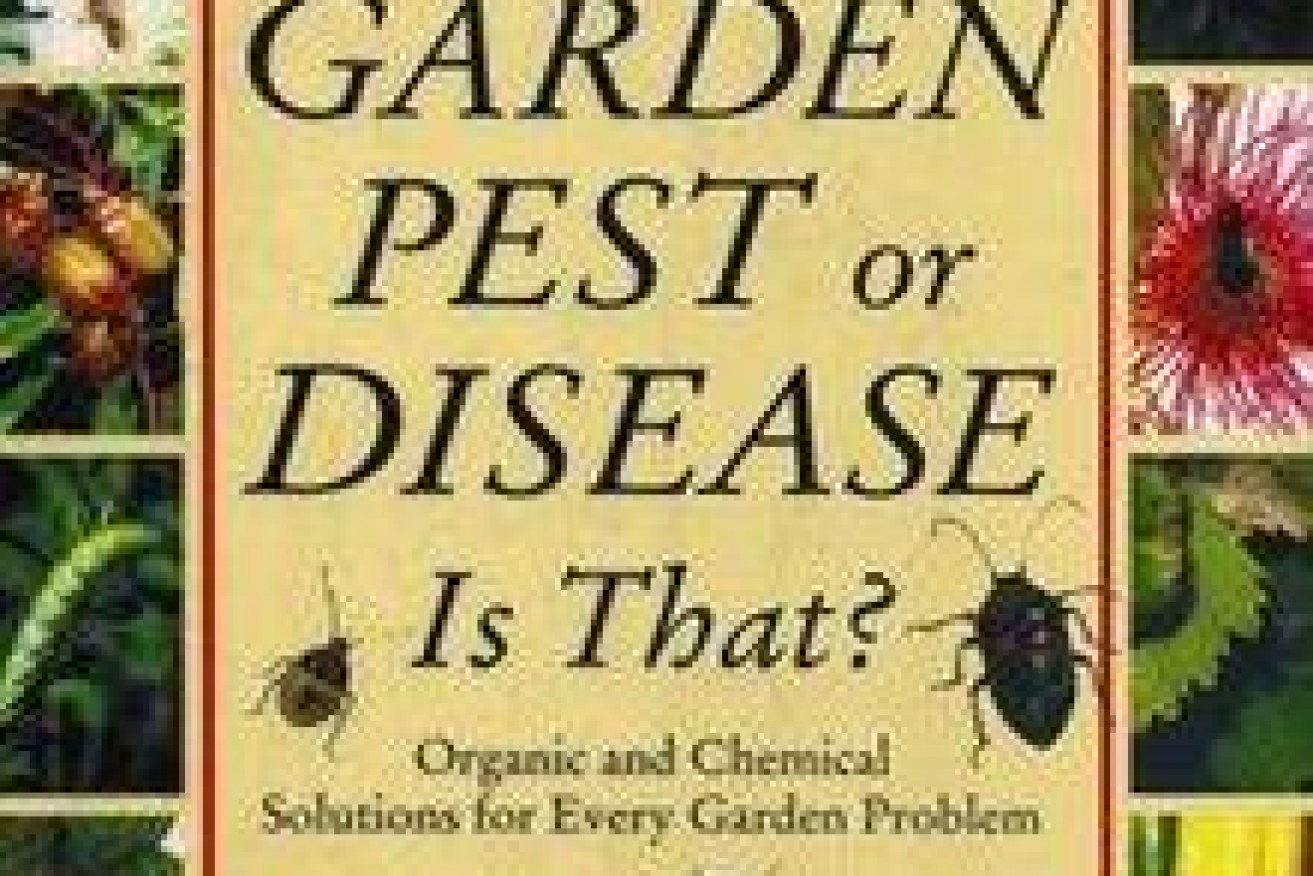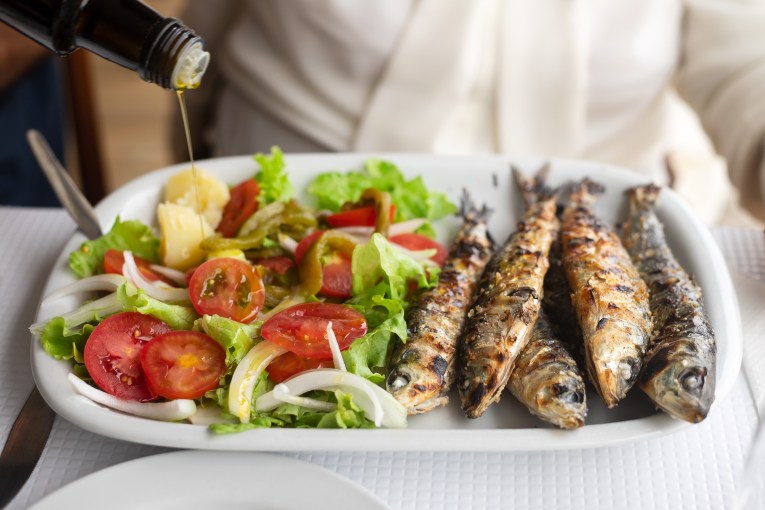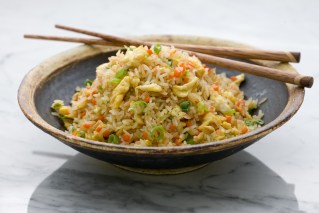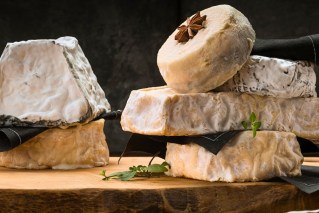Organic food: the hidden dangers that might surprise you

The organic food industry’s carefully cultivated message to the modern, risk-averse consumer, that its produce is clean, green, and safe, is highly questionable.
Scientific research, and several notorious episodes of food poisoning in Europe, Asia and the US during the past 15 years, suggest the reality falls short of the ideal.
The organic produce industry’s mantra is: “If it’s natural, it’s safe.” Organic farmers are permitted only to use pesticides and fungicides of mineral or biological origin, including copper sulphate (bluestone), and milk to control mildew. Dipel, a spray containing spores of the soil-dwelling bacterium, Bacillus thuriengnsis, is popular as a narrow-spectrum killer of leaf-chewing caterpillars – it causes lung infections in laboratory mice.
• Buying organic: which foods are worth it?
• Advisor: find the impostor products in your fridge
• The unhealthy habits you don’t know you have
For much of the 20th century, organic farmers used derris dust (rotenone), a powdered extract of the roots of certain tropical legumes, as a broad-spectrum pesticide.
The organic produce industry’s nastier little secret is that its use of animal manures as natural fertilisers involves a small but serious risk to human health – especially to young children.
Long known to be toxic to fish, rotenone is neurotoxic to mammals at high doses, and had fallen out of favour as an organic pesticide by the late 20th century.
In 2004, manufacturers voluntarily withdrew it from sale after the US Environment Protection Agency requested tests on its safety as an agricultural pesticide. Epidemiological studies had suggested long-term exposure inhaled derris dust could cause Parkinson’s disease in humans.
 The organic produce industry’s nastier little secret is that its use of animal manures as natural fertilisers involves a small but serious risk to human health – especially to young children.
The organic produce industry’s nastier little secret is that its use of animal manures as natural fertilisers involves a small but serious risk to human health – especially to young children.
Like humans, animals harbour harmless strains of bacteria as part of their natural gut floras – harmless, that is, until they find their way into the digestive tracts of other species, including humans.
All beef cattle in North and South America contain E. coli strains that are potentially harmful to humans.
E. coli strain 0157:H7 is particularly potent: it secretes toxins that can cause a severe illness, hemolytic uremic syndrome (HUS), resulting in bloody diarrhoea and permanent kidney damage if ingested in inadequately cooked mince – hence the term “hamburger disease”.
Alarmingly, research has shown that pathogenic bacteria from animal manures can actually invade the soft, spongy phloem tissues of leafy green salad vegetables and sprouts, where they cannot be washed out – only cooking prevents the hazard.
Some of the world’s worst episodes of food poisoning have been traced to pathogenic strains of E. coli and Salmonella that entered human food chain when organic farms used inadequately composted cow manure as a liquid, spray-on fertiliser.
Most organic farmers rigorously compost manure for at least six weeks, but in intensive production systems, slip-ups happen.

Spanish cucumbers were incorrectly blamed for a food poisoning outbreak that was eventually traced to German bean sprouts. Photo: Getty
The “Spanish cucumber” food poisoning outbreak in Europe in 2011, which affected nearly 4000 people, and killed 53 people, was ultimately traced to organically grown bean sprouts from a farm in Germany, that had been contaminated by another pathogenic E. coli strain, O104:H4.
Similarly, a 1996 outbreak of food poisoning that affected 10,000 Japanese people – most of them schoolchildren – was traced to organically grown radish sprouts contaminated by E. coli O157:H7.
In 2006, E. coli-contaminated raw spinach killed one person, caused devastating kidney failure in 23 others, hospitalised more than 75, and sickened more than 150 people across the US. The outbreak was traced to spinach grown by Natural Selections Foods, the largest grower of organic lettuce and spinach in the US.
Alarmingly, research has shown that pathogenic bacteria from animal manures can actually invade the soft, spongy phloem tissues of leafy green salad vegetables and sprouts, where they cannot be washed out – only cooking prevents the hazard.
Growing your own? What Garden Pest or Disease is That? By Judy McMaugh will help you avoid any dangers. Buy it here.
This book is intended to help gardeners avoid garden problems and to deal efficiently with any that do occur. It covers: *Planning and maintaining your garden to avoid pests and diseases * Chemical controls and organic alternatives * A-Z of plant care * A-Z of pests and diseases - each illustrated for easy identification








